Recruitment in 2025 will see some clear shifts. With demand rising in key sectors and changing expectations from employees, leaders in Talent Acquisition need to stay sharp.
Here’s what’s next and how to adapt.
1. Demand for Tech and Clean Energy Roles
Automation and digital transformation are reshaping industries, driving demand for IT, cybersecurity, data science, and cloud professionals. Meanwhile, Australia’s renewable energy goals are generating new opportunities in solar, wind, and sustainability-focused roles.
Key moves:
- Build connections with universities and training programs to find new talent.
- Highlight your company’s environmental efforts to attract purpose-driven candidates.
- Get creative with sourcing.
2. Engaging Passive Talent
A growing pool of passive talent — those not actively job hunting but open to the right offer.— represents a major opportunity. LinkedIn reports 85% of recruiters say engaging passive talents will be a top skill this year.
Strategies to win over passive talent:
- Tailored Outreach: Skip generic messages. Speak directly to candidates’ skills and goals.
- Employer Branding: Promote your culture, values, and growth opportunities.
- Network Strategically: Use industry events and social platforms to build informal connections.
Passive talent requires patience, but they often bring high performance and strong retention.
3. CEOs Prioritise Growth Through Transformation
Growth remains a key priority for CEOs in 2025, according to Gartner. HR’s role is evolving, with leaders expected to align workforce strategies to meet organisational transformation goals.
HR priorities:
- Pinpoint the skills needed to support growth areas.
- Address talent risks that could derail progress.
- Redeploy teams strategically to high-impact areas.
HR’s contribution goes far beyond hiring; it’s integral to achieving business transformation.
4. Culture Shapes Success
Employees want workplaces that align with their values. A strong, inclusive culture drives engagement, collaboration, and retention. Toxic cultures, on the other hand, are increasingly public liabilities.
How to build it:
- Focus on inclusion and belonging.
- Prioritise transparency, empathy, and trust.
- Support mental health and work-life balance.
Remote and hybrid work environments add complexity, but investing in culture is non-negotiable. It’s a long-term advantage that’s hard to replicate.
5. Recruiters Are Managing More with Less
According to Gem’s 2025 Recruiting Benchmarks Report, recruitment teams are shrinking, but workloads are growing. The average recruiter is now juggling 56% more job openings than three years ago, managing over 2,500 applications, and navigating lengthier hiring processes. With interviews up 42% since 2021, hiring takes longer (24% increase in average time to hire), and candidate engagement is at risk.
What this means for talent teams:
- Prioritise Candidate Experience: Long hiring processes can lose top talent. Keep communication clear and consistent.
- Out-of-the-box sourcing: Job boards and social media bring in plenty of applications but deliver fewer hires. Instead of relying solely on these sources, invest in engaging passive talent. Build relationships with skilled professionals before they’re actively looking, ensuring a strong pipeline when hiring needs arise.
Conclusion
The future of recruitment isn’t just about filling roles. It’s about building capability, strengthening talent pipelines, and adapting to new workforce challenges.
With hiring demands rising and resources tightening, recruitment needs to work smarter, not harder.
At ThunderLabs Recruitment, we don’t just find candidates. We help Talent Acquisition teams scale efficiently, engage passive talent, and streamline hiring with our Co-Sourcing model.
Whether you’re hiring one permanent specialist or building an entire strike team, we make sure you’re always ready for what’s next.


